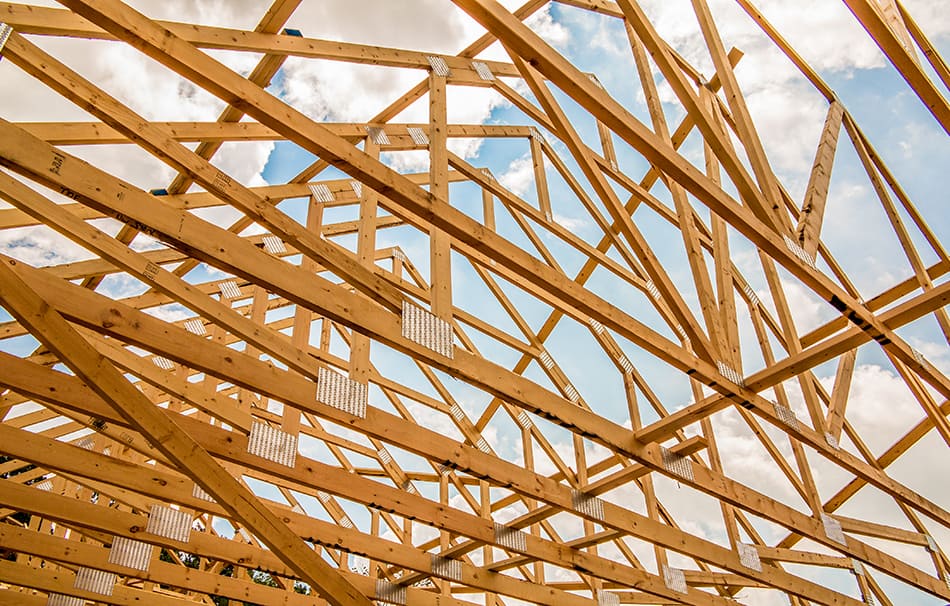

Horizontal shear has to do with wood fibers sliding past each other due to deflection. This has nothing to do with “end bearing”. (When we say “bending” we really mean the stress in the extreme fiber in bending.) When the wood fiber bends so much that it tears that extreme fiber then it starts to fail.
#Rafter vs joist how to#
Knowing the cause of the failure will help in knowing how to repair.īending will occur near the middle of the span and show as a crack or split at the bottom edge. When beams and joists are sized, they are checked for 1) bending, 2) horizontal shear, 3) vertical shear, 4) deflection. Seems you can't go wrong with duplicating the original joist when it's possible but are there cases where one is more appropriate than the other?

Strengthening the structure in anticipation of a greater load in the future.for a tile installation or just less bounce) Reducing deflection in the floor (e.g.Is the answer different depending on the problem being corrected? When sistering a floor joist, must the sister be full length to the original joist and must the ends of the sister be supported on a sill or beam for the sister to be truly effective? Assume the sister is attached to the original joist with adhesive and proper sized fasteners at an appropriate schedule.


 0 kommentar(er)
0 kommentar(er)
